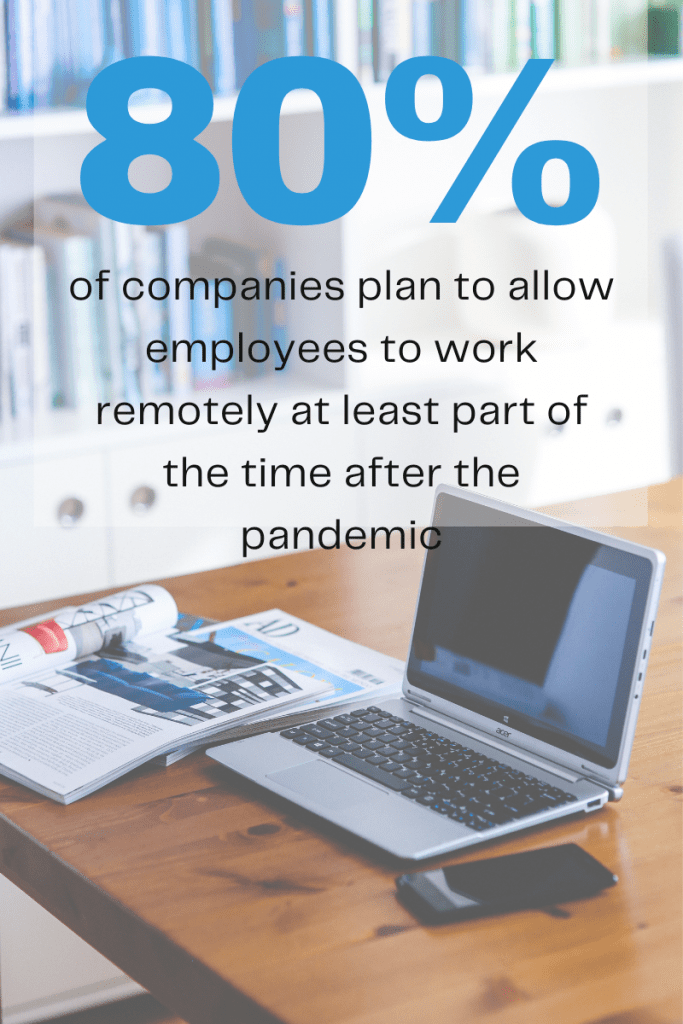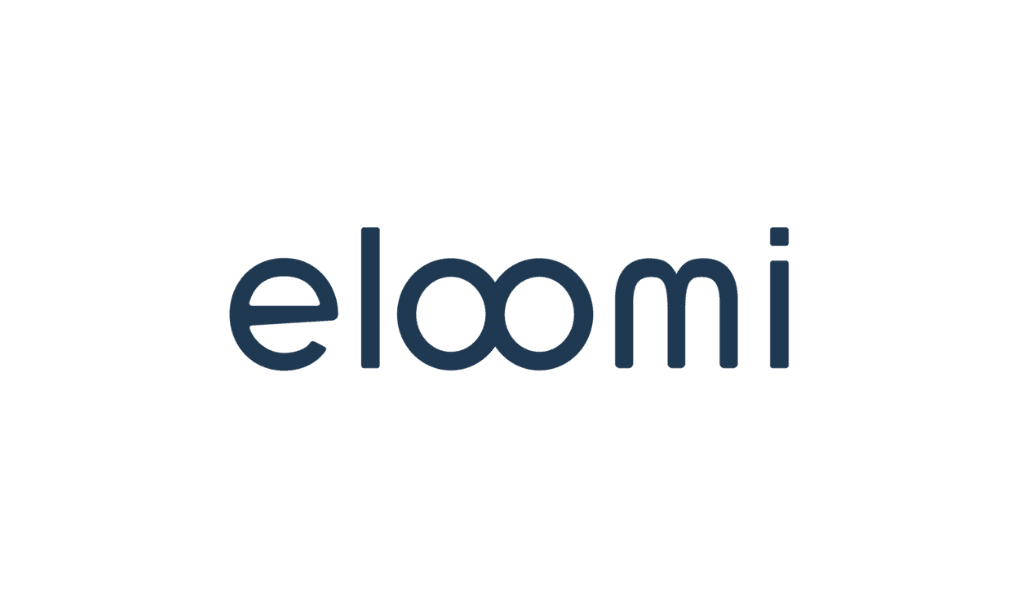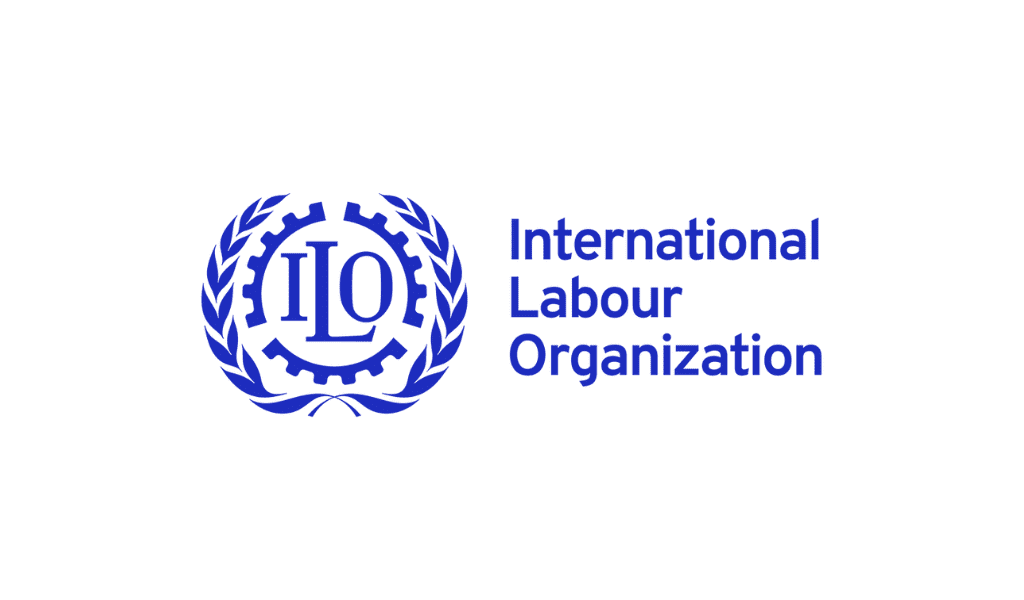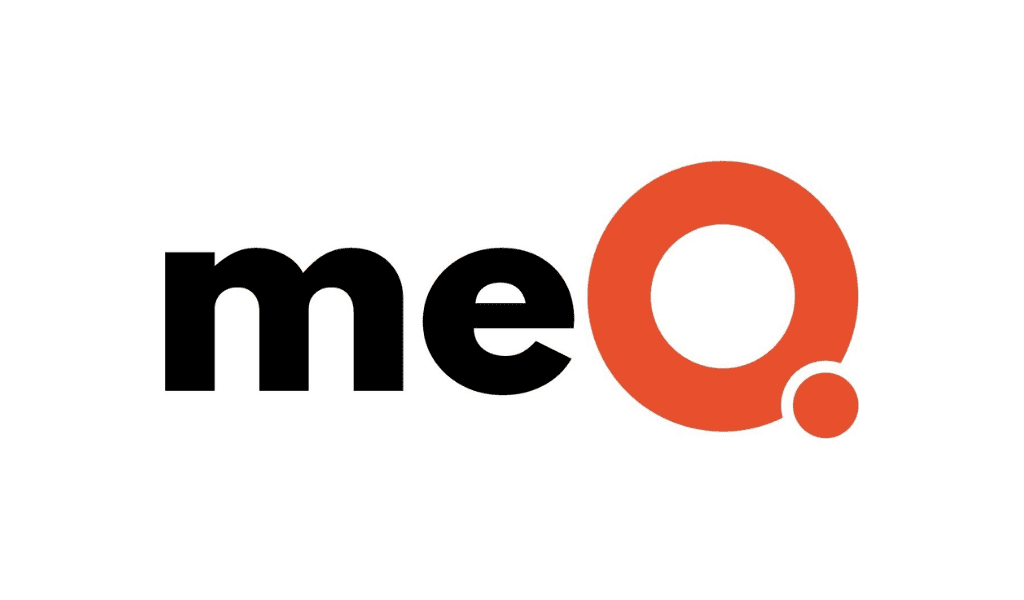The COVID-19 pandemic has accelerated the move to a hybrid workforce.
By Simon Kent
The impact of the global pandemic across the APAC region has been as diverse as the countries that make up the region. According to Pierre Delage, business manager for the APAC region for Powell Software, the fragmentation of the region means that whist a “hybrid workforce” of diverse talent stationed in part at home and part in the office is emerging, it is doing so at different rates and in different ways across the region. But, he says, the trend is here to stay: “Whilst restrictions are now very limited, more and more organisations are still deciding to switch to a complete hybrid model where it is no longer compulsory to be in a physical office.”
Alison Tickner, managing director of Asia-Pacific for leadership specialist Cirrus agrees, explaining that in many cases, the pandemic has quickened a pre-existing drive towards agility manifesting in this way. “Many were already seeking to become more agile, digitally enabled and responsive to customer needs,” she says. “The COVID crisis has accelerated this transformation. The best organisations have adapted with speed and focus.”
At Alpha Aviation Group, the hybrid workforce has been supported through pre-existing structures. Based in Angeles, Pamapanga in the Philippines, Cristopher Magdangal, regional director of Asia Pacific, says since the company already operated in five different hubs, managing diverse working locations is nothing new. “We just had to adjust and adapt when the effects of the pandemic started to emerge,” he says.
 Magdangal reports that the company’s work-from-home arrangements have proved robust, supported by the company’s usual approach to meeting new challenges. “We practice industry problem identification and knowledge sharing across the organisation,” he says. “The effects of COVID-19 on our operations may have brought so much changes but along with those are possibilities we were able to explore.”
Magdangal reports that the company’s work-from-home arrangements have proved robust, supported by the company’s usual approach to meeting new challenges. “We practice industry problem identification and knowledge sharing across the organisation,” he says. “The effects of COVID-19 on our operations may have brought so much changes but along with those are possibilities we were able to explore.”
He explains that the company effectively reinvented its HR function, dedicating it to “uplifting the people” in the organisation. “From the beginning of the COVID-19 outbreak, the immediate focus of management has been on ensuring the health and safety of the employees, providing them with remote and flexible work options, and focusing on providing epidemic protection -ensuring sanitation, personal protective equipment, and the safety of the workplace environment.”
Technology, quality of working life, and mental wellness have also been prominent on the company’s agenda as ways to support employees wherever they are and whatever personal challenges they face.
At search and recruitment business Odgers Berndtson India, Managing Director Prasad Medury has seen the hybrid workforce proliferate in his clients businesses as well as his own. “A number of companies are allowing staff critical staff to be on-site -manufacturing services for example -but the rest can work from home,” he says. At the same time, in some areas, the hybrid model means non-critical staff are being allowed back to the office to interact with others. It’s a mix that is at once innovative and driving innovation within the business as new combinations of staff mix and work together.
With staff working from home the primary concern has been communication. “Management and HR have focused more on ensuring everyone is working in the right way,” explains Medury. “Burnout was an issue. People were working much more than they would in the office, but now productivity is dipping a little.” Getting the right level of motivation is key, adds Medury, as well as making sure employees have the connections and resources they need to do their job.
Recruiters NashTech have also implemented a new framework to promote a hybrid model which will see employees spend one week in the office and one week at home. “The individuals have to satisfy an internal check-list which is designed to mitigate risks around inefficiencies,” explains HR Director Thanh Nguyen. “We still provide flexibility for those who wish to continue to work in the office and for supporting functions, where there isn’t a need for a hybrid workforce.”
Whilst the future remains as uncertain as the course of the pandemic itself, the hybrid workforce is now part of the landscape. “I think most companies are clear the hybrid model will continue through 2021 and beyond,” affirms Medury. “Consultancy services say that in 2025 they’d like people still to be working from home. A number of organisations have used this time to rationalise how work is done and restructured accordingly.”














